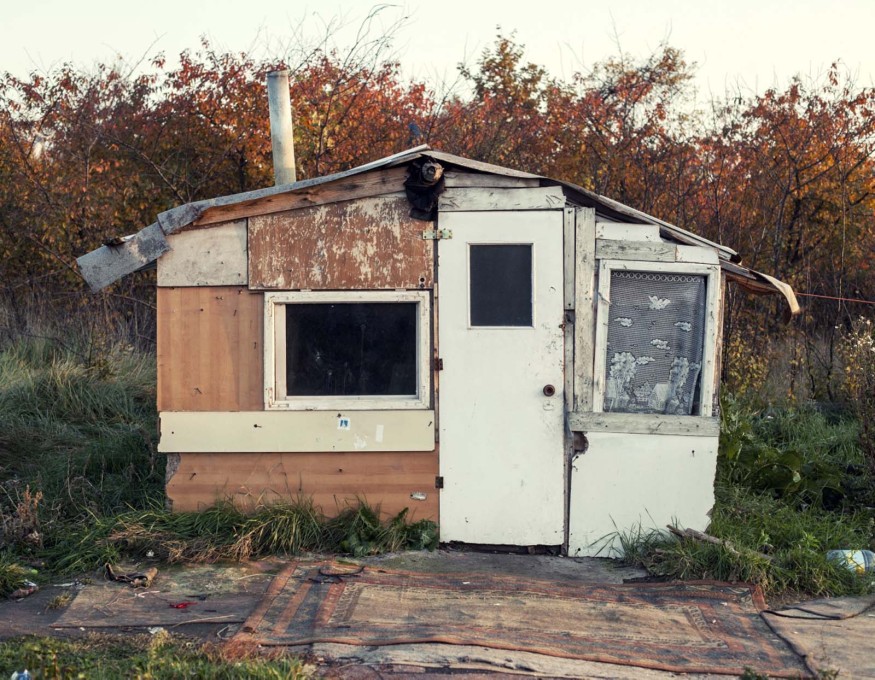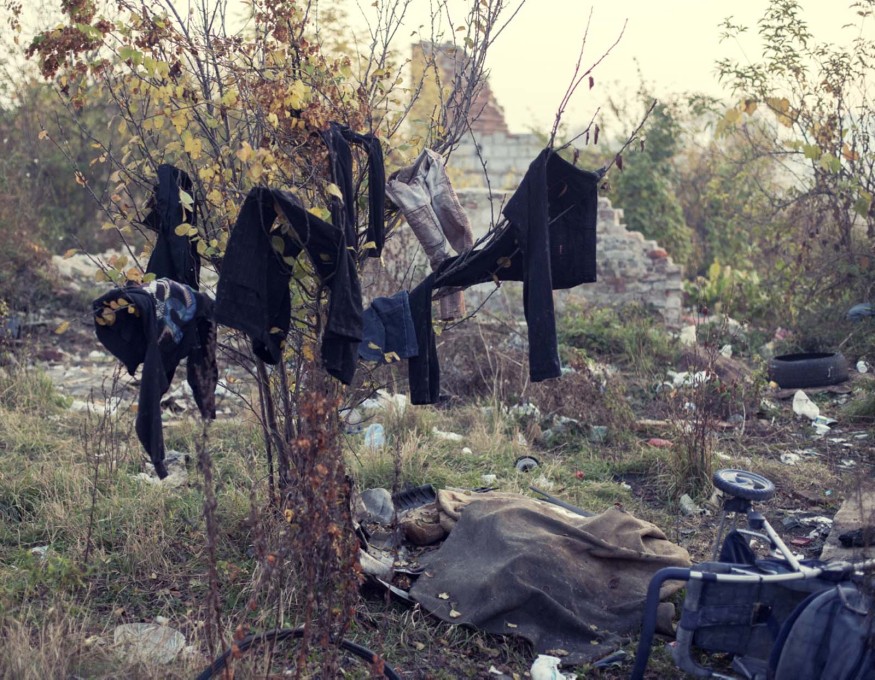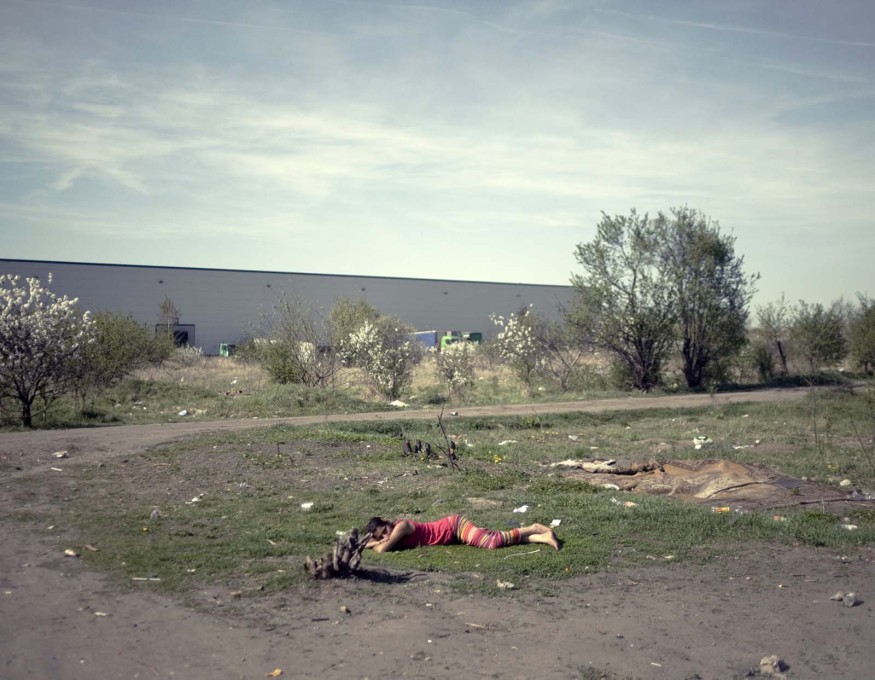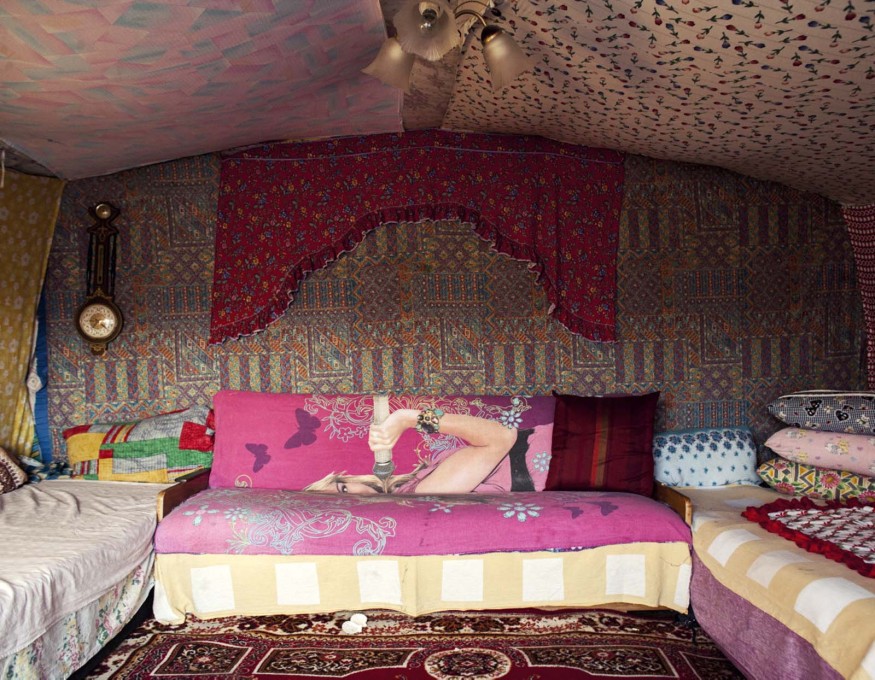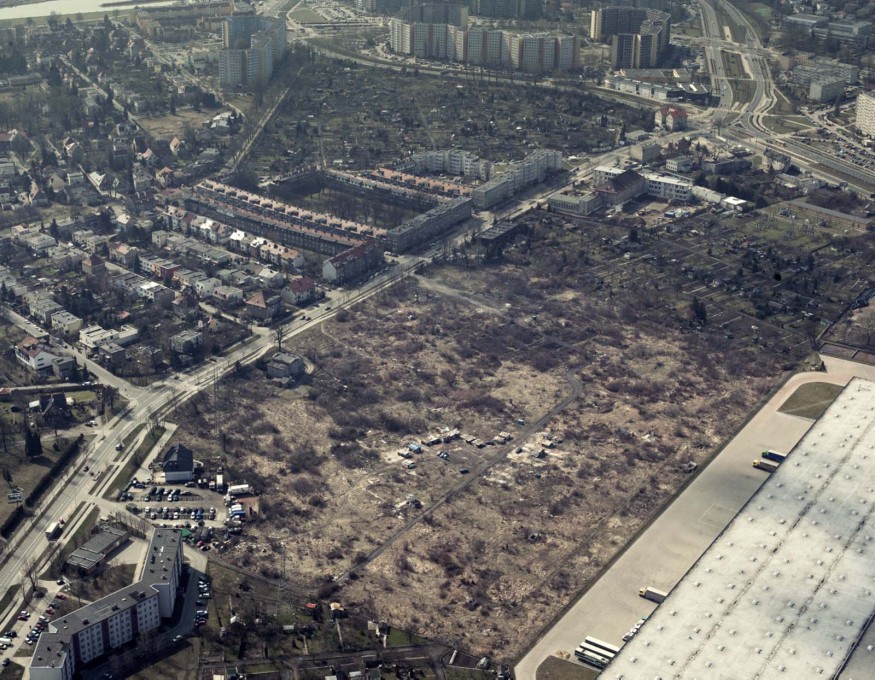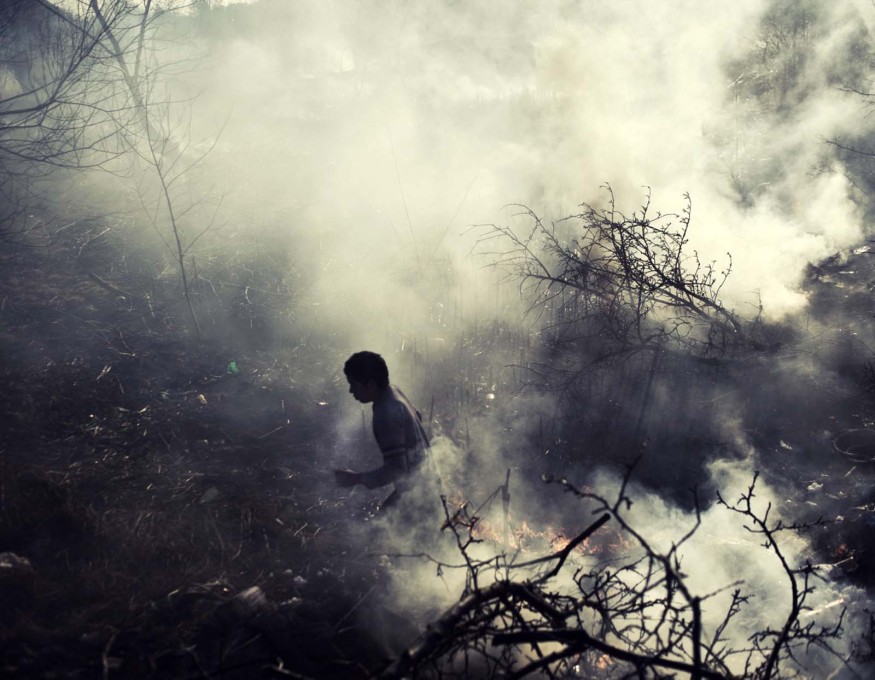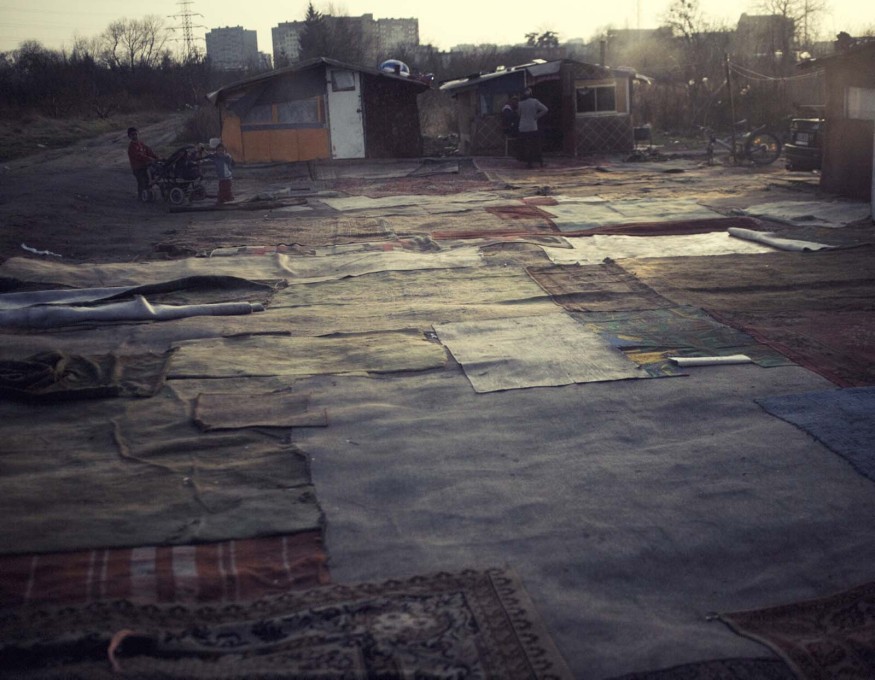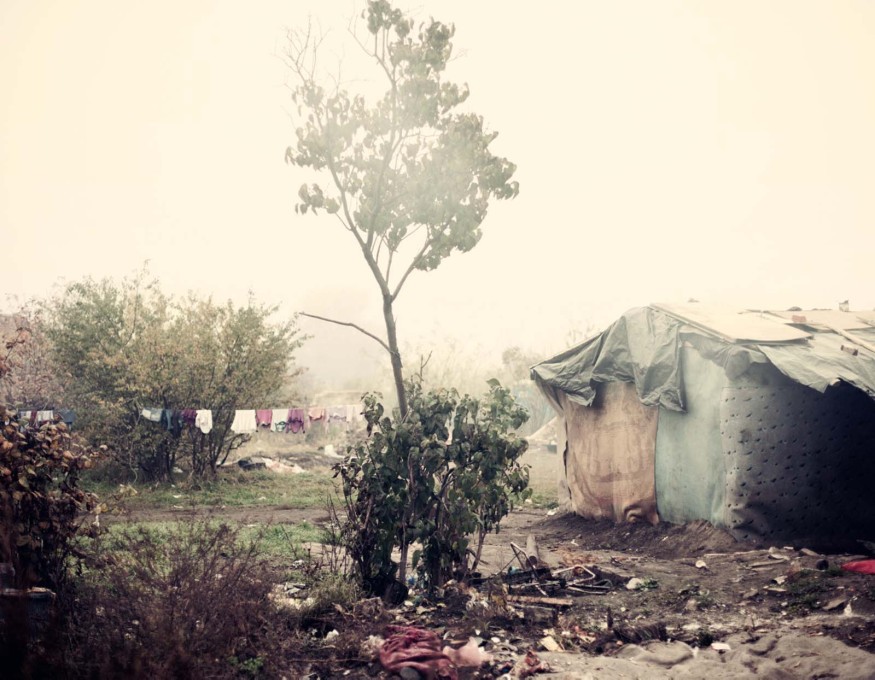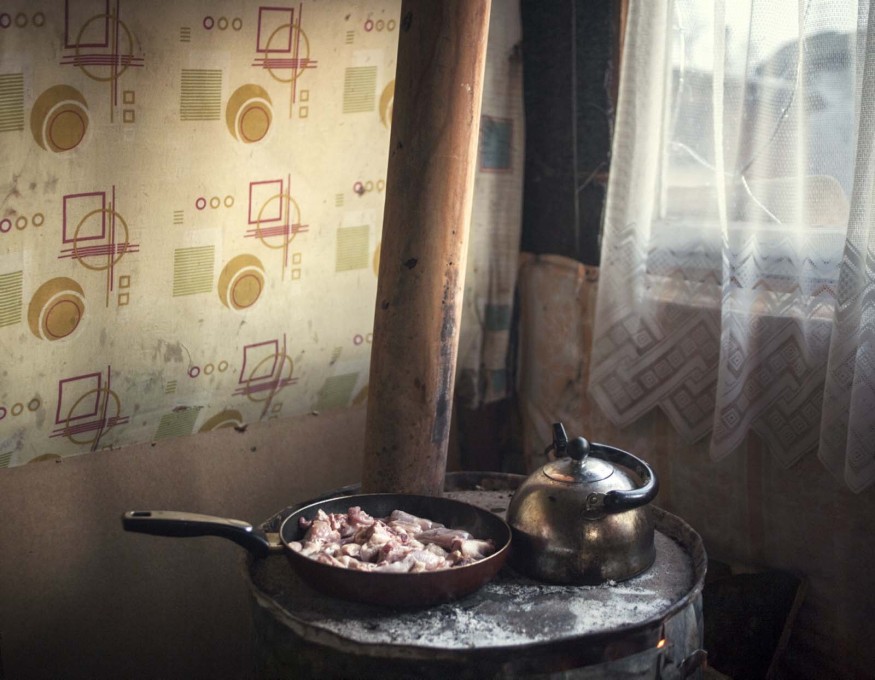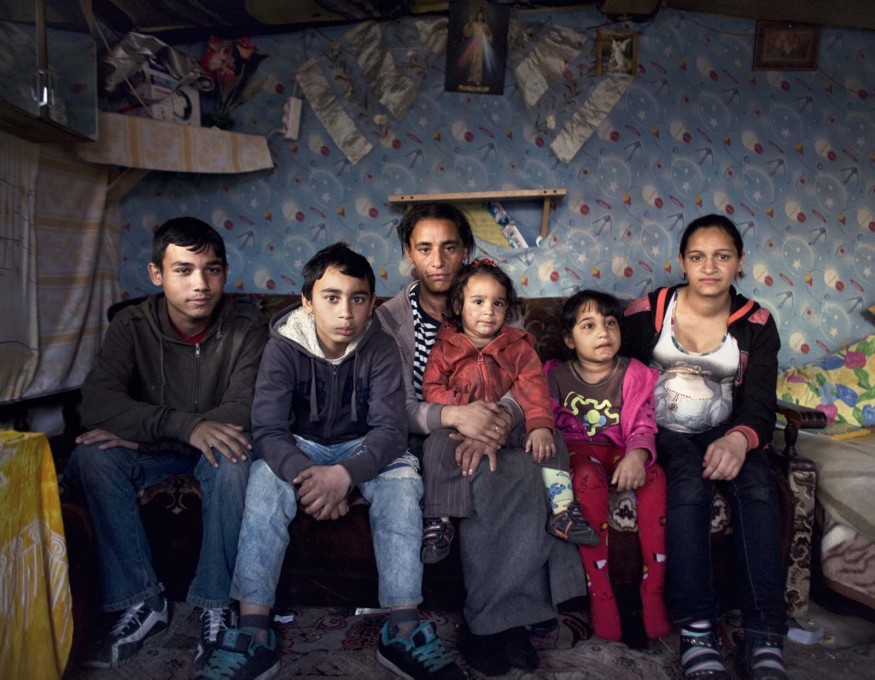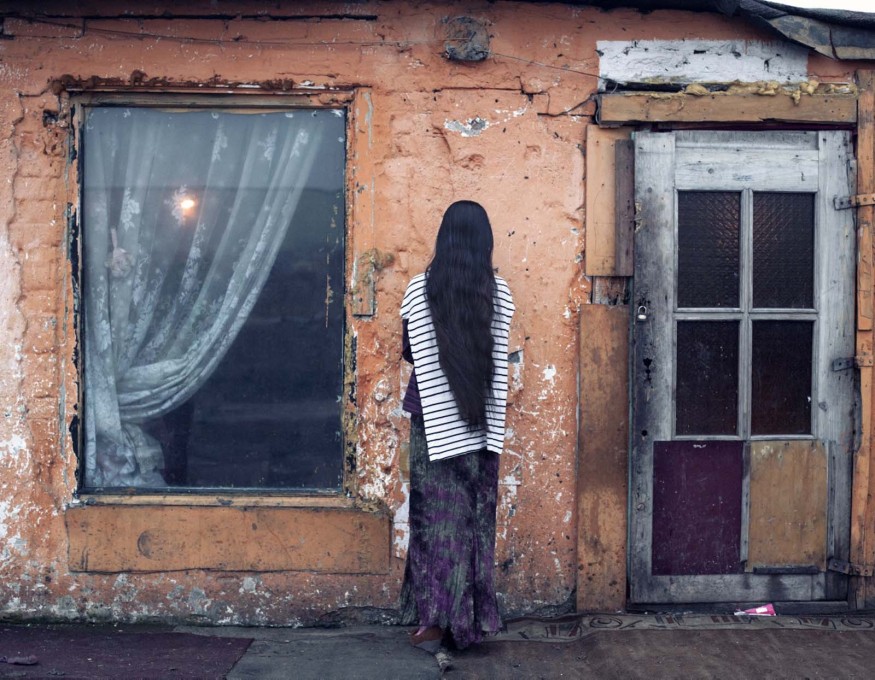The issue of informal settlements – those that deviate from normative property rights and ownership, societal structures, and building methods and materials – is a key one in architecture at the moment, and not just because of the size of this billion-person issue. It touches on architecture as a discipline tasked not just with improving quality of life, but with basic survival itself. Meanwhile current architectural discourse is concerned with the seeming fallout in society from late-stage capitalism: the erasure of local specificity alongside the perpetuation of hegemonic difference and existing power structures.
The Roma of Europe, properly an ethnic group geographically dispersed in tight clusters, numbering between 10-12 million people – is part of the informal 1 billion. Often derided and ignored by the public and politicians, Roma are commonly subject to violence from outsiders and live in poverty, even in major EU countries providing universal social welfare, and have been historically forced to settle down into fixed communities segregated from the mainstream. As the victims of economic and political disenfranchisement, who build informally to create community, they deserve more than a passing interest from architects.
Given this situation, uncube contributing editor Jessica Bridger interviewed Polish photojournalist Adam Lach about his work with a community of Roma living in Wroclaw, Poland to draw attention to this possible informal client for architects.
How did you get involved in documenting the Roma living in Wroclaw?
The story began very simply. I learned about the problem of the 60-person Romanian Roma family in Wroclaw from a friend at the agency Napo Images, who had happened to see an article about them in one of the local newspapers. Initially, the material about the Roma was supposed to be only a report for one of the weekly news magazines. Together with a journalist we worked on the article for three months, but I stayed with the Roma longer – for more than two years. I realised that they had become more than the heroes of one publication for me. So began my journey to their magical world, which turned into a photo project.
What are the living conditions in their settlement? Are they occupying existing buildings or have they built their own?
The conditions at the encampment were none too friendly. The Roma live in barracks that they build themselves. For building materials for their homes, they use what they can find in the garbage: old doors, windows, wood, and carpets. Despite the very limited materials and a small number of tools, they are very precise and accurate. They strive to make the barracks not only solid constructions, but also protection against rain and cold, with a friendly interior for all the family members. Inside they place coloured materials on the walls and decorate them with mascots and posters. These are, of course, all recycled, found elements.
What kind of homes do people have: all the same size or all different? What about electricity, sanitation and other utilities?
The barracks differ from one another – but mostly this is due to the fact that the found materials from which they were built were originally of different sizes. But all the interiors seem to be quite similar. The barracks contain many very small one-room apartments – a medium-sized one is about nine square metres – serving as a living room, kitchen and bedroom. In this apartment about four to six people live. Roma warm up their homes with furnaces, made from old metal barrels, that are placed in the middle of the room.
And when it comes to electricity – they use it only at night. There are two generators at the encampment, which are the only source of electricity for light. Those who can afford gasoline spend evenings with their light bulbs on, and some may even be able to afford to watch evening shows on a small TV.
How separate is this Roma encampment from the rest of the city?
The encampment actually lies near the city centre, close to the largest hospital in Wroclaw. Surrounded by blocks of flats, it is separated from other city residents only by a belt of wild green space on one side, and storage facilities on the other. Their daily life can be seen from the windows of neighbouring residential blocks.
We stereotypically think of Roma as wanting to live apart from the rest of society. Did you find that the Roma you photographed wished to be separate?
The Roma community is actually very hermetic and inaccessible to strangers – so it is hard to gain their confidence, to become one of them. This is derives from two different phenomena: first, separation and constant flight are part of their tradition and culture. Secondarily, a sense of social exclusion and attacks from other city inhabitants strengthen their belief that they are stuck on their own. The Roma I worked with welcomed me very warmly – but not right away. It required patience and perseverance. It is important to remember that they come from a different culture.
Did they desire any help from outside?
As for help from the outside, when they have the opportunity to receive it, they very willingly use it, in particular, medical, educational or legal advice. The Nomada Foundation is leading such actions in the encampment, trying to slowly introduce the members of the Roma family to contemporary reality.
Did doing this project change how you look at Roma settlements? Do you notice the Roma more now in other cities?
Roma people are nomads – for centuries they went their separate ways. They are not hemmed in by bank account numbers, ID numbers, taxes, and capitalist everyday life. They live from day to day, in silence, moving constantly. Always together. I think it is both part of their identity and the stigma imposed on them. Do I notice the Roma in other cities? Yes, and not only in Poland, I notice them in the whole of Europe. For as one of my Wroclaw Roma heroines said, “As many Gypsies, as many cultures. We are Gypsies, too, but different”.
–Jessica Bridger is a contributing editor for uncube, and works as an urbanist, journalist and consultant based in Berlin. www.jessicabridger.com
–Adam Lach is a photojournalist and filmmaker based in Wroclaw, founder of Napo Images. His work is widely published in major international newspapers and magazines. www.lachadam.com




